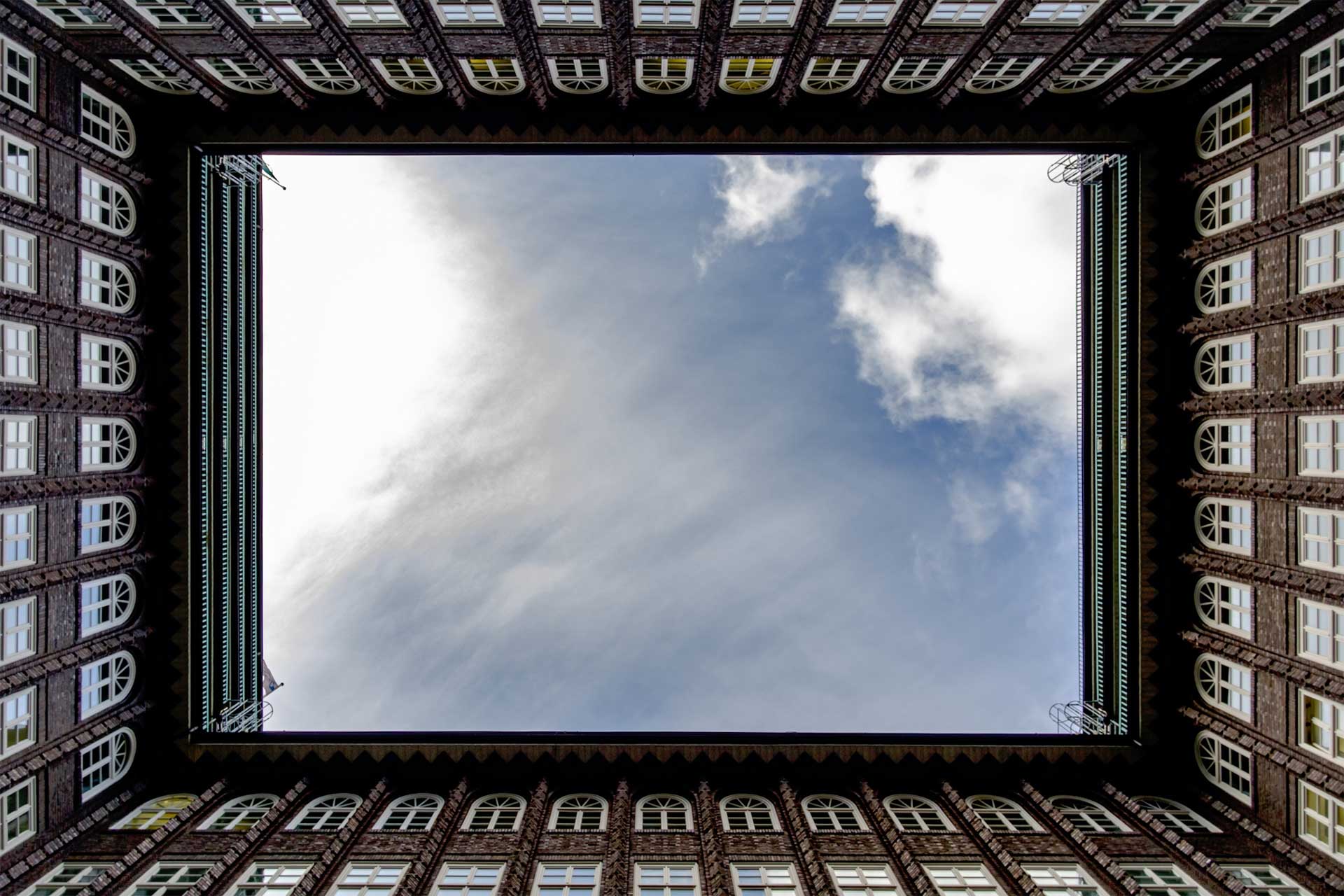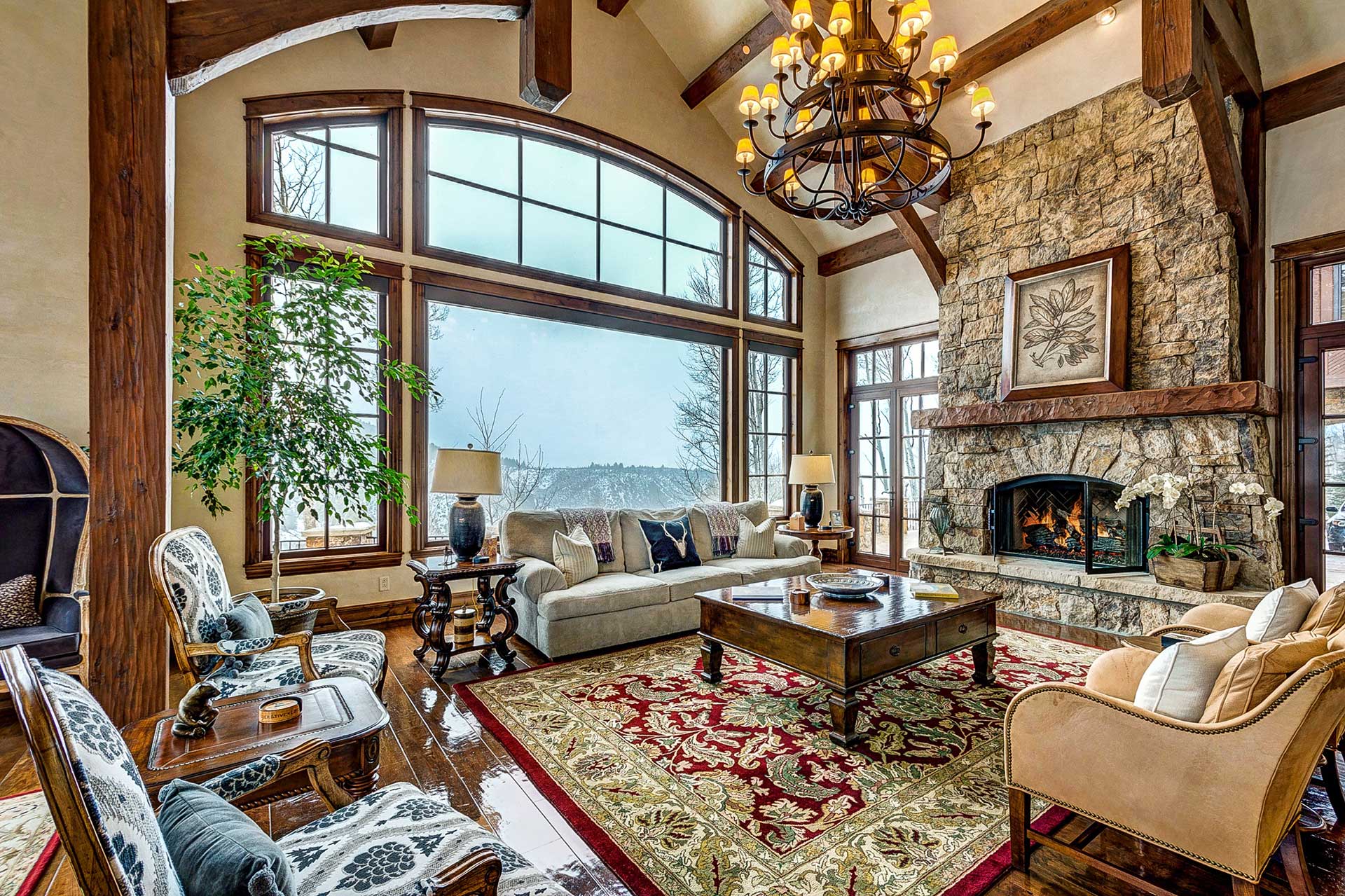Architecture can be beautiful. It can be impressive. It can even be thought-provoking. But have you ever thought of buildings as having the potential to be green?
A new wave of architectural design has been formed in recent years, in response to a growing move towards sustainability in all walks of art and business. Green architecture uses the earth’s natural processes as inspiration to create buildings that are kind to the planet. From rooftop gardens to rain barrels and solar panels, this has bred unbridled creativity and innovation in the architecture sector – that’s as well-meaning as it is impressive.
Let’s take a closer look at exactly what green and sustainable architecture is, how it benefits the environment, and how it has changed the future of architectural innovation.
What is sustainable architecture?
In the simplest terms, the definition of “green architecture” refers to buildings which are created and designed with the health of our planet in mind. Whether it’s a new structure, or just adaptations to an existing construction, for a building to be considered “green” it should be energy efficient and environmentally friendly.
These designs use the earth itself as a “macro model”, by using natural and sustainable materials for construction, or by using natural forms of energy, such as solar power. Working with and alongside the planet, instead of against it is key. So who decides whether or not a building is “green”? A project deemed sustainable should take environmental concerns into account at every stage of the process – from the initial planning to the finishing touches. Often, materials are recycled and used within green architecture, and the siting of the building is also a key consideration.
Construction has always been one of the primary sources of pollution and energy usage on our planet, and although environmental awareness is not a new topic, it’s only in recent years that real legislative changes have been made, forcing the construction industry to rethink its practices. There has been an international increase in awareness and sensitivity to eco issues, which has, in turn, led to the celebration and encouragement of sustainable architecture. The environmental movement picked up real momentum in the 80s and 90s, leading to the formation of several recognized groups; including Friends of the Earth and Greenpeace. A significant development during this time was the 1994 establishment of the U.S. Green Building Council’s LEED (Leadership in Energy and Environmental Design) standards, which first issues many of the terms green architecture uses as its foundation today.
Famous examples of green architecture
Let’s take a look at green architecture in action. From hotels to apartment complexes and offices, green principles can be adopted to improve and enhance any building. Here are some of the most recognizable and celebrated examples of sustainable buildings from around the world.
The Bird’s Nest, Beijing – This stadium in Beijing hosted the 2008 Olympic Games and showcased sustainable architecture in the process. It is composed of eight stand-alone buildings, which are self-contained – this allows natural ventilation of the stadium, without the need for massive amounts of energy and equipment.
World Trade Centre, Bahrain – This visually stunning, 240m tall building uses wind turbines to generate its power. The turbines form a bridge between the two towers, fixed to face the Persian Gulf, ensuring maximum wind flow. It won the LEAF Award for its use of technology in 2006.
Oasia Downtown Hotel, Singapore – This hotel was designed by celebrated environmental architecture firm WOHA. The building of 27 floors is covered with plants, resembling an enormous, vertical garden. It’s also ventilated by natural wind, and HVLS (High Volume Low Speed) fans are included as sculptures in the sky gardens.
Kurilpa Bridge, Brisbane – Sustainable design doesn’t just apply to buildings and homes. This bridge in Australia was built in 2009 and holds the status as the biggest solar-powered transportation bridge anywhere in the world. The sun powers its LED lights, and 86 solar panels produce a whopping 90% of the energy needed to keep the bridge running. Perhaps most importantly, this bridge has set a precedent for cities around the globe to follow.
Adrere Amellal, Egpyt – Situated at the foot of the White Mountain, in the heart of Egypt’s desert, this remote resort uses its surroundings as inspiration. The walls are hand-built from clay and stone, and water is sourced from a nearby spring.
How is sustainable architecture better for the environment?
When thinking about green walls and rooftop gardens, it would be easy to dismiss green construction as a fad. It’s true; these buildings can be whimsical and beautiful – but they also represent an essential development within the architectural industry. The way that buildings have been constructed in the past is unsustainable and harmful to the environment. In the early 21st century, more than half of the world’s resources were taken up by the construction of buildings of all kinds. Also, 20-30% of greenhouse gas emissions and 40-50% of landfill deposits were as a result of the building industry. All of this energy and waste takes a heavy toll on the environment; making sustainable architecture a necessary and inevitable development rather than a frivolous one.
So how exactly does green architecture benefit the environment? Let’s take a look at some of the main ways.
Alternative energy sources – Many green homes and buildings supply their power or use sustainable resources, reducing the strain on the planet’s materials (which are rapidly running out). Solar, hydro and wind power are popular choices.
Conservation of energy – Green buildings are designed to minimize energy loss in some ways. They should prevent the escape of hot and cold air, and materials used for insulation are created using responsible chemicals which prevent humidity, mould and condensation problems. Laminated glass is also used to conserve heat.
Re-usage of materials – There are now companies which provide salvaged materials from demolition sites, which can be re-used to construct green buildings. This practice reduces waste, saves money and eradicates the need to source and forge new materials.
Considerate location choice – green buildings should be built in areas where there is existing construction to build upon, therefore reducing materials and labour needs, and should never be built somewhere it will have a detrimental effect on the surrounding environment. Animal habitats, natural drainage systems and trees should all be left intact and undisturbed.
The belief that “nature knows best” is at the heart of the green architecture movement – that the natural environment of a building can be used to improve it. Think recognizing and making use of the way the light falls in an area, or taking advantage of nearby rock formations and wind patterns.
Here are some more common features of green architecture:
- Natural ventilation systems
- Renewable power sources
- Non-toxic and non-synthetic materials
- Locally obtained building materials, such as wood and stone
- Responsibly harvested materials
- Re-use of older buildings
- Water-saving plumbing
- Efficient space usage
- Use of salvaged materials
Let’s take a look at some of the main features of green architecture in more detail.
Green roofs
One particularly notable – and recognizable – feature of sustainable architecture are green roofs, where plants and greenery are placed on top of a building. They might look beautiful, but what’s their actual purpose? The benefit of these roofs is that they lower the overall temperature in the building as well as making the surrounding air quality better. Of course, they also add vibrancy and improve the appearance of grey urban areas.
The easiest way to understand the principle of a green roof is to think of it simply as a rooftop garden. As well as insulating, the plants help with natural drainage and can provide a small habitat for urban animals – effectively combatting the rapid habitat depletion in cities.
Solar panels
Solar panels both save energy and cut energy bills, so are a popular choice when considering power sources for environmentally conscious buildings. In the early days of solar panels, some designers found them to be an eyesore – they are large and quite obtrusive. The development of solar shingles, which integrate directly into a roof and also protect the structure itself, are a subsequent and promising development.
Harvesting of rainwater
Saving water has a hugely beneficial environmental impact; water can be used in the building itself and to irrigate any gardens. These systems can vary hugely in appearance, size and price, but the collection tends to take place underground and out of sight to preserve the building’s aesthetics.
Green walls
Like a green roof, a green wall is essentially a garden – however, this time it’s vertical. Green walls also help to improve the air quality of busy, polluted cities and add a splash of colour, bringing nature into the urban landscape and combining the two. They can also create a sense of privacy. More importantly, though, they help to thermally insulate that building and also cool down the surrounding air through photosynthesis and evapotranspiration.
Natural materials
Where possible, sustainable buildings use whatever material is naturally surrounding the site (think about the Adrere Amellal example). Materials should be salvaged or from local sites. Wood, and in particular bamboo, is a common choice. Steel and aluminium should be avoided because they need to be manufactured; increasing energy and labour costs, as well as energy consumption.
How has sustainability changed the future of architecture?
We have moved on from times when buildings needed to be built quickly and cheaply at the expense of everything else. The importance of environmental issues and the prevalence of green buildings has meant that education in architecture is changing. It is now the architect’s prerogative more than ever before to think sustainably as the first port of call when designing a new structure. These days, it is necessary for all buildings to concern themselves with sustainable standards such as green roofs and LEED standards.
These changes extend into the future. Universities now give students the opportunity to not only design and create buildings, but to learn more about the sourcing of materials and the handing over of the site to the community. It is hoped that this new generation of architects will continue to pioneer an environment-first approach and that hotels, schools offices and urban spaces will be built in more and more sustainable ways.
This commitment has led to some progressive movements, such as Architecture 2030: an initiative which aims to make all new buildings carbon neutral by 2030. It is the hope that greenhouse gas emissions will be reduced and the global average temperature will be kept down. As we can see, rather than a bonus – building sustainably has become the norm. However, it isn’t all plain sailing. Such significant changes take a while to infiltrate through an entire industry, and some architectural habits have been hard to break.
What challenges lie ahead?
Although green architecture has made major headway, there is some way to go. The industry as a whole must become more socially responsible and ethical for us to fully reap the benefits.
Governments continue to regulate and legislate green standards – but they must equally encourage innovation and creativity as a way to solve unprecedented problems.
Advances in technology will also help to facilitate green building solutions in the future. Currently, much of the start-of-the-art technology required to build truly sustainable structures is expensive and requires a huge investment, creating an instant economic gap in certain areas.
Green architecture also has a responsibility to keep responding to the needs of its inhabitants, and balancing these needs with environmental requirements. Research has found the most successful of these buildings stimulate multiple senses – as well as sight; they need to find a way to engage with inhabitants through touch, smell and sound. This consideration will help to deepen the public understanding of sustainability – as it stands, a widespread belief that climate change is out of our hands.
We must all get behind it, from architects to inhabitants, if sustainable and green architecture is to become the future.



